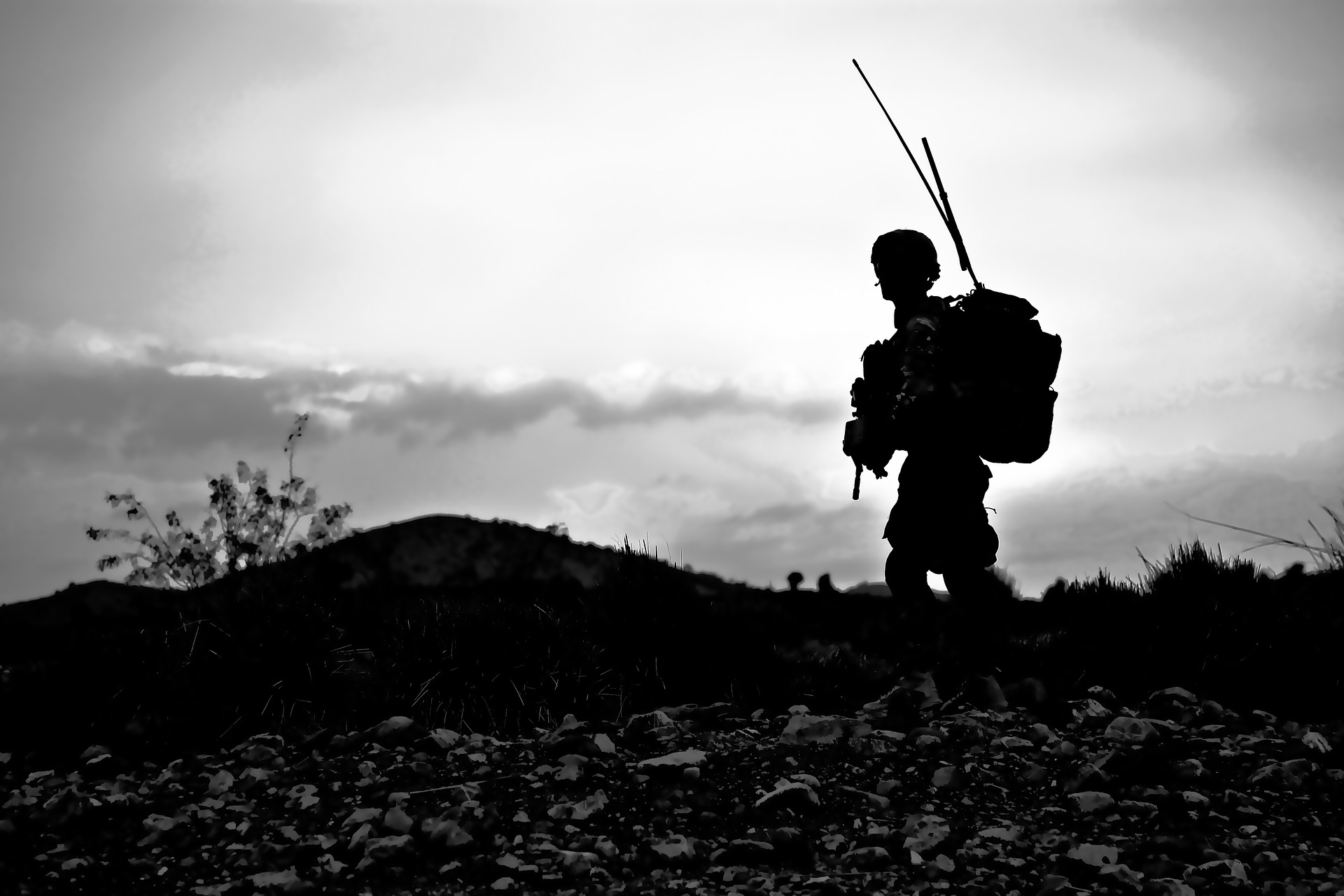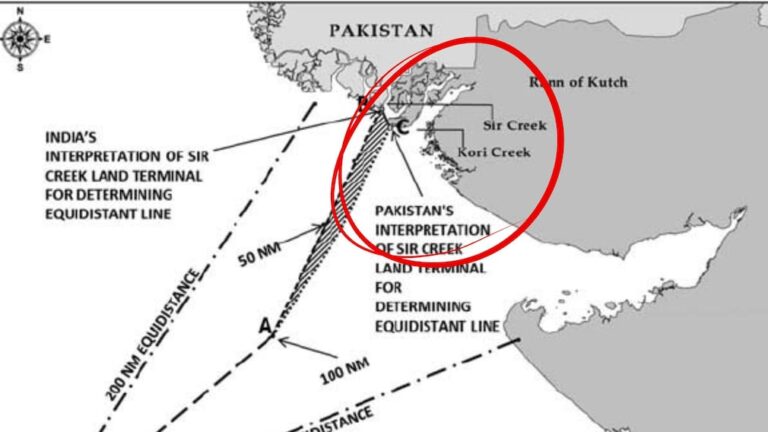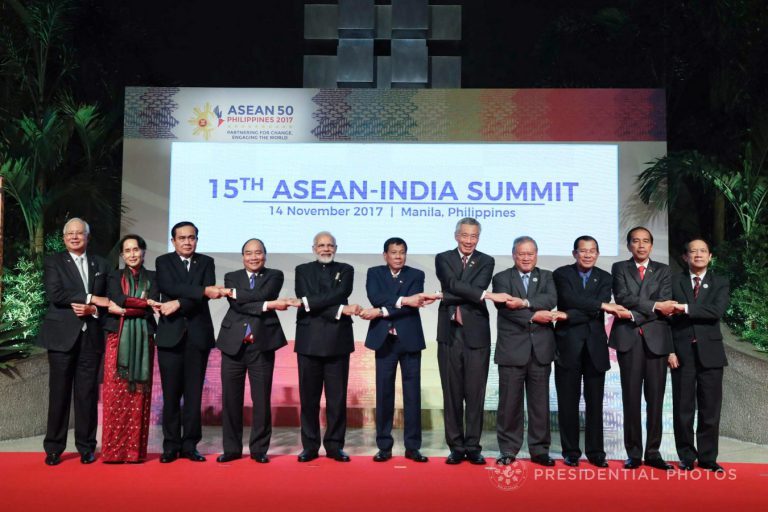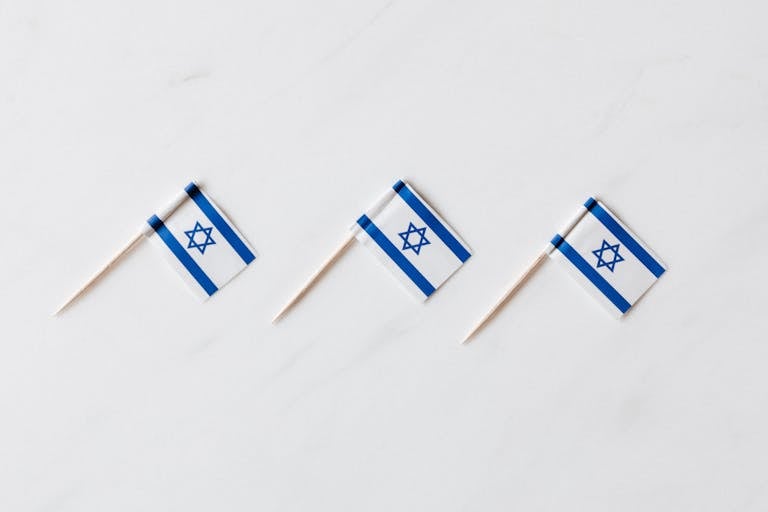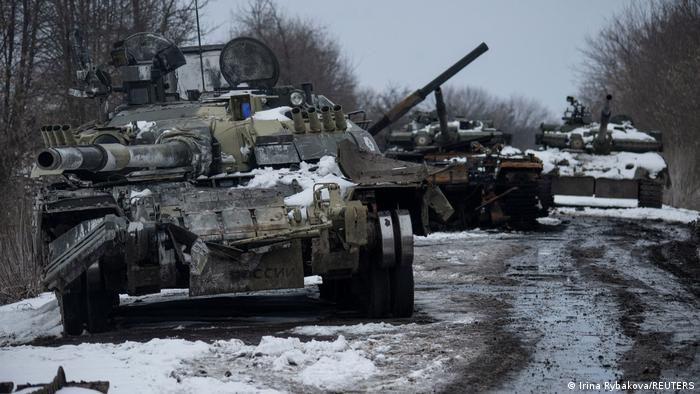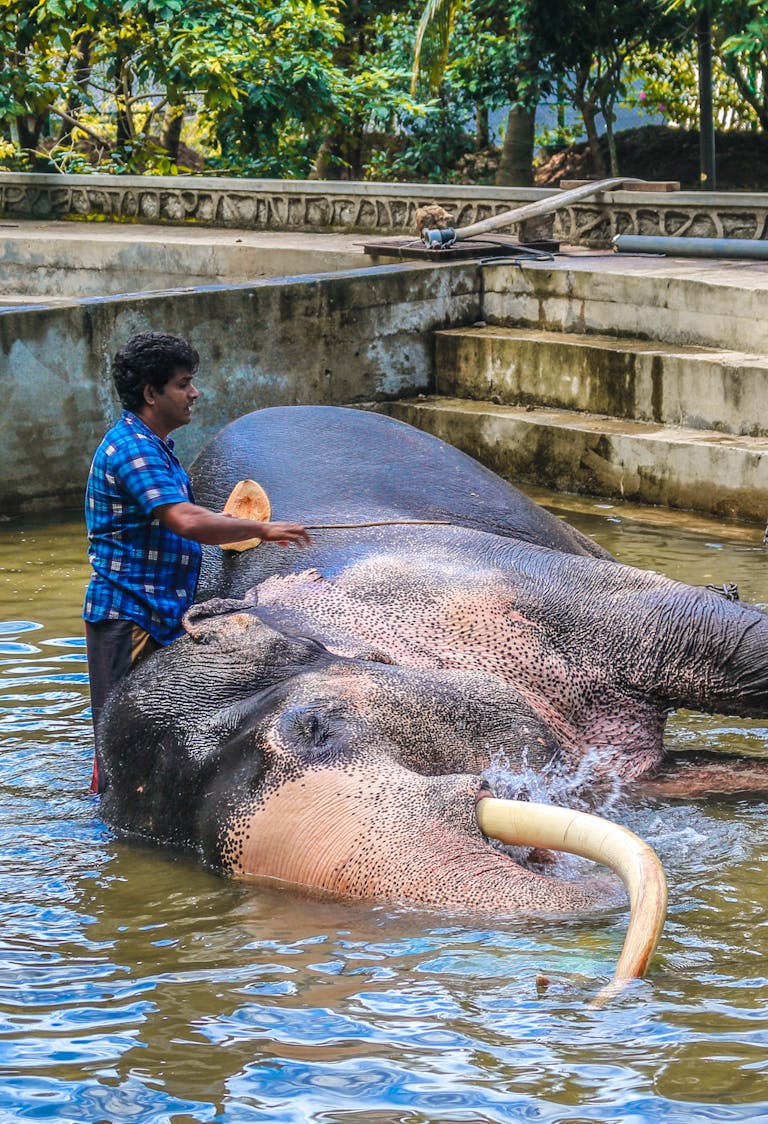Afghanistan’s Nemesis: US policies, Taliban’s role

Akanksha Thakur is a Master’s graduate in German Interpretation and Translation from JNU, New Delhi. She is an International Relations and Global Politics enthusiast.
“I did not have a good life in Pakistan and now I’m back in Afghanistan. All I wish for is a small home and the chance for my children to get an education. If they can go to school this will be the biggest accomplishment of my life.” – Mustafa’s words, who was trying to get back to his homeland, Afghanistan at the Spin Boldak border point on the Afghan-Pakistan frontier. Mustafa worked as a motorcycle mechanic for 15 years in Pakistan.1
The world came to a standstill a year ago, when it was unexpectedly struck by the wrath of an invisible virus. We forgot what it meant to live life ‘normally’; to experience the crazy hustle and bustle of the ever growing society we live in; to look out for exciting opportunities in the world. Our collective global vocabulary experienced a phenomenon called ‘Semantic Expansion’, where words like ‘remote’, ‘zoom’, and ‘webinar’ were interpreted beyond their regular denotative meanings.2 These were an addition to our everyday vocabulary and our world was confined to a safe virtual space. This virtual reality has taken a toll on our mental health and has significantly affected the bright, young and curious minds of our children. As we eagerly wait for these young buds to rejoin their classrooms and breathe fresh air, there exists a contrasting reality in Afghanistan – the Heart of Asia.
Habiba, 12 years old, is in grade 7 of the Sayed ul Shuhada highschool in the Dasht-e-Barchi district of Kabul. She was delightedly conversing with her friends about the upcoming Eid-Ul-Fitr and clothes she would receive as gifts. She had left school early that day when a sudden high-intensity blast hurled her into a pit, leaving her terrified for the rest of her life.
“I was in shock; I couldn’t feel any part of my body. I could only hear the painful screams of my friends and classmates; then, I think, I fainted.”3 Habiba comes from a low-income family. Her father is a cobbler. At the same time, she is ambitious about finishing her school and working towards a bright future for herself and her family.
Habiba is one such unfortunate example of the difficult lives led by Afghan children. A land where an innocent child wakes up hoping to exercise their right to education, perhaps unaware of how the political turmoil in its country can take away their dreams, maybe their life even!
Overview of the U.S. Policies
According to the International Organization for Migration’s recent report on humanitarian aid required in Afghanistan, nearly 5 million people are displaced within the country.4 To add to this, 400,000 people have been displaced since the beginning of the year due to ongoing violence. Unfortunately, Afghanistan has been unsuccessful when it comes to having a safe, secure and prosperous life for its citizens. This has led to approximately 2.7 million Afghans fleeing abroad.5 Capital is a major prerequisite for deciding who leaves the country and who stays back. Based on the World Bank report 2020, the unemployment rate in Afghanistan was as high as 25% and poverty rate at 47%.6 Many Afghans face acute poverty and live on the mercy of low-wage jobs or government aid.
The question here to be asked is – Who is to be blamed for this pitiful condition of the Afghans?
Carter Malkasian is a renowned foreign affairs analyst and former Senior Advisor to the Chairman of US Joint Chief of Staff. In his opinion piece, “How the Good War Went Bad” he analyses the events and lost opportunities in the recent past which could have changed Afghanistan’s future, if not for the better than at least less miserable. Afghanistan has been made to forget the essence of the word ‘stability’. Right after the Soviets left the country, it saw many insurgencies under the pretext of opposition against the government, religious supremacy, ethnic and sectarian ambitions. A nation state or a national collectivity was never established in Afghanistan.7 The Mujahideens or the Freedom Fighters who came together to oppose the Soviet occupation became stronger after America’s funding and supply of arms.8 The ever-growing might of the Mujahideens consistently weakened the base for a sturdy national leadership in Afghanistan. As the Taliban took over Afghanistan in 1992, the political, economical and socio-cultural situation of Afghanistan was at its nadir.9 A turning point in Afghanistan’s fate was the 9/11 attacks perpetrated by Al-Qaeda. As the world awakened itself to the gruesome face of international terrorism, the Taliban pledged to shield Osama-bin-Laden in Afghanistan, the man behind the 9/11 attacks. The US decided to enter Afghanistan with a point blank aim of obliterating Al-Qaeda and its protectors. Malkasian writes “In the months that followed, U.S. and allied forces and their partners in the Northern Alliance, an Afghan faction, chased out Al Qaeda and upended the Taliban regime.”10 Consequently, the Bush administration focused on setting up a democracy which did not breed terrorists and would report to the US authorities over any such developments. The US helped establish a new Afghan government under the leadership of Hamid Karzai as the President. However, the sole motto of the Bush administration was to oust the Taliban. “The idea was to withdraw eventually, but there was no clear plan for how to make that happen, other than killing or capturing Al Qaeda and Taliban leaders” says Malkesian.11 The former Afghan government, crippled with corruption and inefficient governance skills, could hardly provide any resistance to Taliban resurgence which had temporarily subsided between the years 2002-2006. As a result, a steep rise in US military presence was experienced by the end of 2008 when Taliban regained its momentum in southern and eastern Afghanistan. The US strategy was still the same – Annihilation of Taliban.
With the regime change in the US, President Barack Obama shifted towards a multifaceted strategy. Apart from safeguarding the American soil from terrorism, it also focused on what is known as the ‘Nation building of Afghanistan.’ “… the United States would deny Al Qaeda a safe haven, reverse the Taliban’s momentum, and strengthen the Afghan government and its security forces. The plan was to begin a drawdown of the surge forces in mid-2011 and eventually hand off full responsibility for the country’s security to the Afghan government.”12 However, handing over the country to the Afghans was never backed by a concrete plan. The US administration under President Obama and President Donald Trump saw various ups and downs in the number of US troops deployed based on the war-like situation. The agenda, irrespective of the leader, was to primarily tackle the Taliban and consequently make the Afghan government self-reliant. President Trump assumed office in January 2016. He maintained peace talks with the Taliban, aiming for American exit; however, nothing substantial came out of it. However, the most chaotic and criticised of all American presidencies is that of President Biden’s. The US entered Afghanistan with no concrete plan and its exit was even messier. The sole goal – exterminating the Taliban – has proved to be unfulfilled as Taliban has made an even stronger comeback. Writers, analysts, and media all over the globe are criticising Biden’s hasty pull-out of the US troops which has left Afghanistan in a grave state of turmoil.
The Taliban and other reasons
One of the main reasons why Afghanistan has spiralled into this regressive situation, which we witness at present , is the weak stance of the Afghan government.The Afghan government, whose state leadership comprised of endemic corruption, internal sectional division coupled with opportunistic elements, has always been dependent upon the US forces to run the show. The state leadership should have proved its worth in the eyes of the Afghans who were being equally persuaded by the Taliban. The Taliban, on the other hand, proclaimed Jihad. The Taliban succeeded in portraying the Afghan government as America’s puppet, who was running the show by western ideology. They infiltrated the notion of rejecting foreign occupation. A thought that Afghanistan should be ruled by the Afghans was initiated in the minds of common people by the Taliban. Moreover, there was a lack of motivation amongst the Afghan fighters too. “In 2015, a survey of 1,657 police officers in 11 provinces conducted by the Afghan Institute for Strategic Studies found that only 11% percent of respondents had joined the force specifically to fight the Taliban; most of them had joined to serve their country or to earn a salary, motivations that did not necessarily warrant fighting, much less dying.”13
One of the other reasons why the Talibani forces got stronger was due to Pakistan’s support in their fight. Pakistan was wary of the Afghan government’s good relations with India. Malkesian quotes “In 2004, he – Pervez Musharraf- reopened assistance to the Taliban, as he later admitted to The Guardian in 2015, because Karzai, he alleged, had “helped India stab Pakistan in the back” by allowing anti-Pakistan Tajiks to play a large role in his government and by fostering good relations with India.”14
Lost Opportunities?
Analysts believe that the state of violence in Afghanistan, alongside the social conditions with that, could have been better with a change in US policies. The Taliban in early stages of its defeat, reached out to the Bush administration to negotiate a peace deal. They were ready to accept Karzai as the Afghan leader. However, they were rejected from doing so. No signs of negotiation were shown by either the Afghan government or the US administration.
This was repeated again in 2004 when Taliban showed interest in being part of the Afghan government by assuming key offices. “Karzai brought up these overtures to U.S. officials only to have the Bush administration respond by banning negotiations with any top Taliban figures” writes Malkesian.
Whether these talks with the Taliban at that time would have been fruitful for the future of Afghanistan or not, is a point of contention for many. However, owing to the social make-up of the Afghans, where brotherhood amongst tribes is of utmost importance, letting the Taliban in with miniscule authority could have raised a sense of representation amongst certain tribesmen. This act could have had slow repercussions in the future, perhaps less violent than the present scenario in Afghanistan.
Endnotes
1. United Nation. (2021, August 6). Displaced Afghans face ‘continued deterioration’ in country. United Nations. Retrieved August 31, 2021, from https://news.un.org/en/story/2021/08/1097222
2. University of Duesberg Essen. (n.d.). Semantic Change. University of Duesberg Essen. Retrieved August 31, 2021, from https://www.uni-due.de/SHE/SHE_Change_Semantic.htm
3. UNICEF & Aryan, F. (2021, August 2). A father’s regret, a sister’s determination. UNICEF. Retrieved August 31, 2021, from https://www.unicef.org/afghanistan/stories/fathers-regret-sisters-determination
4. International Organization for Migration. (2021, 8 17). Safety of Afghans and Humanitarian Access Must be Top Priorities. IOM UN Migration. Retrieved 9 3, 2021, from https://www.iom.int/news/safety-afghans-and-humanitarian-access-must-be-top-priorities
5. P, A. (2021, April 30). Counting the cost of America’s twenty year War in Afghanistan. The Economic Times. https://economictimes.indiatimes.com/news/defence/counting-the-costs-of-americas-twenty-year-war-in-afghanistan/articleshow/82328221.cms?from=mdr
6. Ibid.
7. Hanifi, M. J. (2012, April 12). Causes and Consequences of the Destabilization of Afghanistan. MEI@75. Retrieved September 1, 2021, from https://www.mei.edu/publications/causes-and-consequences-destabilization-afghanistan
8. Ibid.
9. Batycka, D., & Harris, G. (2021, August 17). Amid Taliban insurgency, culture sector fears looting as Kabul descends into chaos. The Art Newspaper. https://www.theartnewspaper.com/news/afghanistan-british-council
10. Malkasian, C. (2020, March/April). How the Good War Went Bad America’s Slow-Motion Failure in Afghanistan. Foreign Affairs. Retrieved September 2, 2021, from https://www.foreignaffairs.com/articles/afghanistan/2020-02-10/how-good-war-went-bad?utm_medium=promo_email&utm_source=lo_flows&utm_campaign=registered_user_welcome&utm_term=email_1&utm_content=20210831
11. Ibid.
12. Ibid.
13. Malkasian, C. (2020, March/April). How the Good War Went Bad America’s Slow-Motion Failure in Afghanistan. Foreign Affairs. Retrieved September 2, 2021, from https://www.foreignaffairs.com/articles/afghanistan/2020-02-10/how-good-war-went-bad?utm_medium=promo_email&utm_source=lo_flows&utm_campaign=registered_user_welcome&utm_term=email_1&utm_content=20210831
14. Malkasian, C. (2020, March/April). How the Good War Went Bad America’s Slow-Motion Failure in Afghanistan. Foreign Affairs. Retrieved September 2, 2021, from https://www.foreignaffairs.com/articles/afghanistan/2020-02-10/how-good-war-went-bad?utm_medium=promo_email&utm_source=lo_flows&utm_campaign=registered_user_welcome&utm_term=email_1&utm_content=20210831
15. Ibid.


